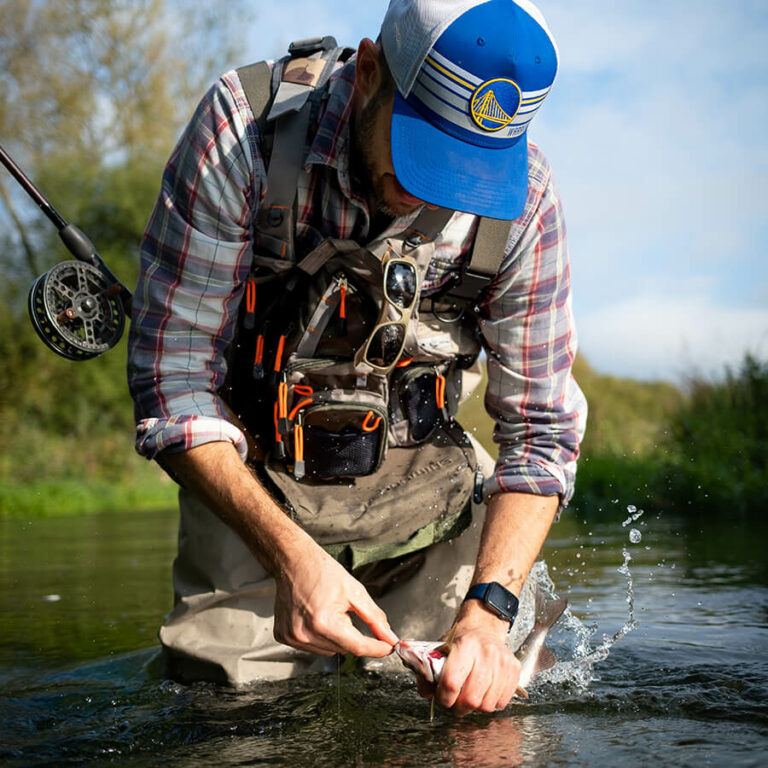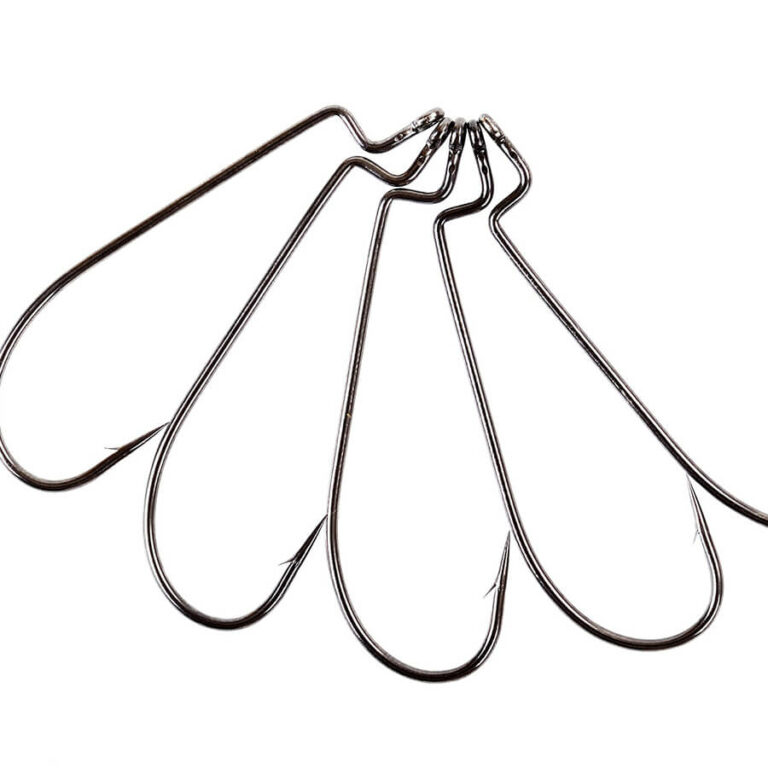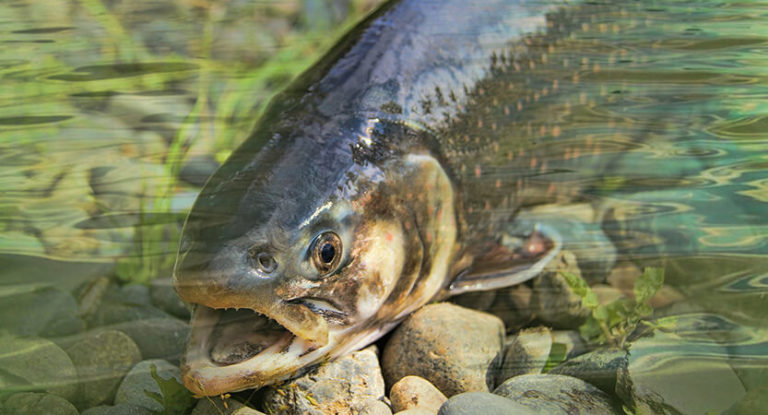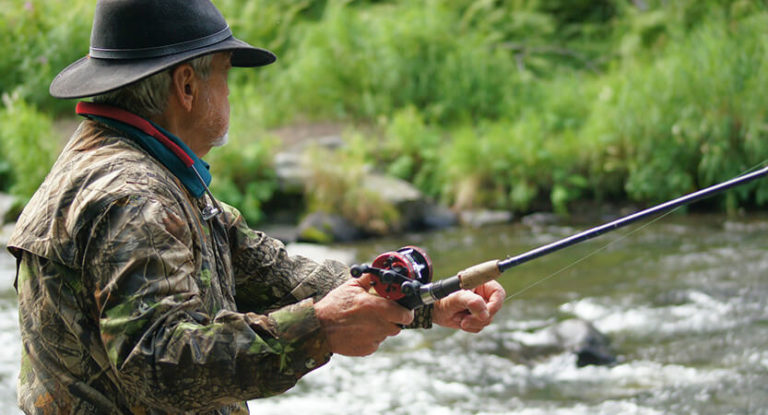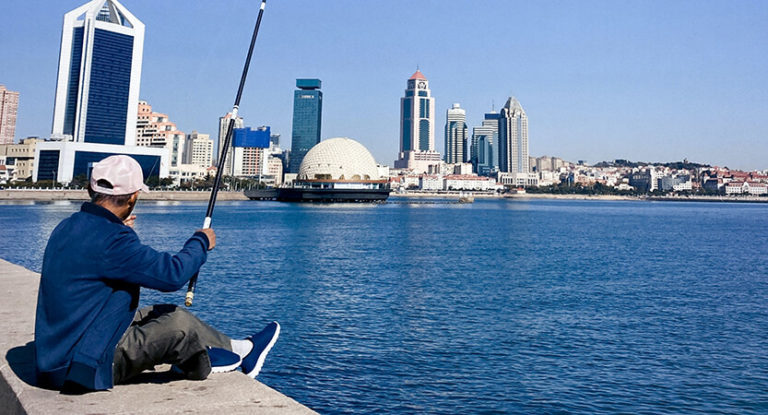Once upon a time, fishing was one of the ways to get food for yourself: the size of the catch depended on whether the fisherman’s family would be fed or remained hungry. Nowadays, fishing in this form has remained only as an authentic craft of some peoples, as well as a type of professional activity that involves fishing on a large scale with the help of professional tackle. For most of us, fishing has become a fascinating hobby that contributes to an adrenaline rush and unity with nature, which is so lacking in the inhabitants of modern cities.
Everyone can try themselves in this hobby, regardless of age and physical condition. Man has invented many methods of catching representatives of ichthyofauna and corresponding gear, so everyone can choose the best option for themselves. Do you want to sit quietly on the beach, enjoying the birdsong and contemplating the float? Would you like to experience an adrenaline rush from fighting a pike caught on a spinning rod? There are no problems: the appropriate tackle can be purchased, and for a novice angler, they will not be prohibitively expensive. And our resource will provide you with the necessary information free of charge!
Here is an overview of the content of this tutorial, feel free to jump to any section you care about:
For more fishing instructions, take a look at these popular Trizily links: Best Fishing Lines, Best Spinning Reels.
Optimal timing
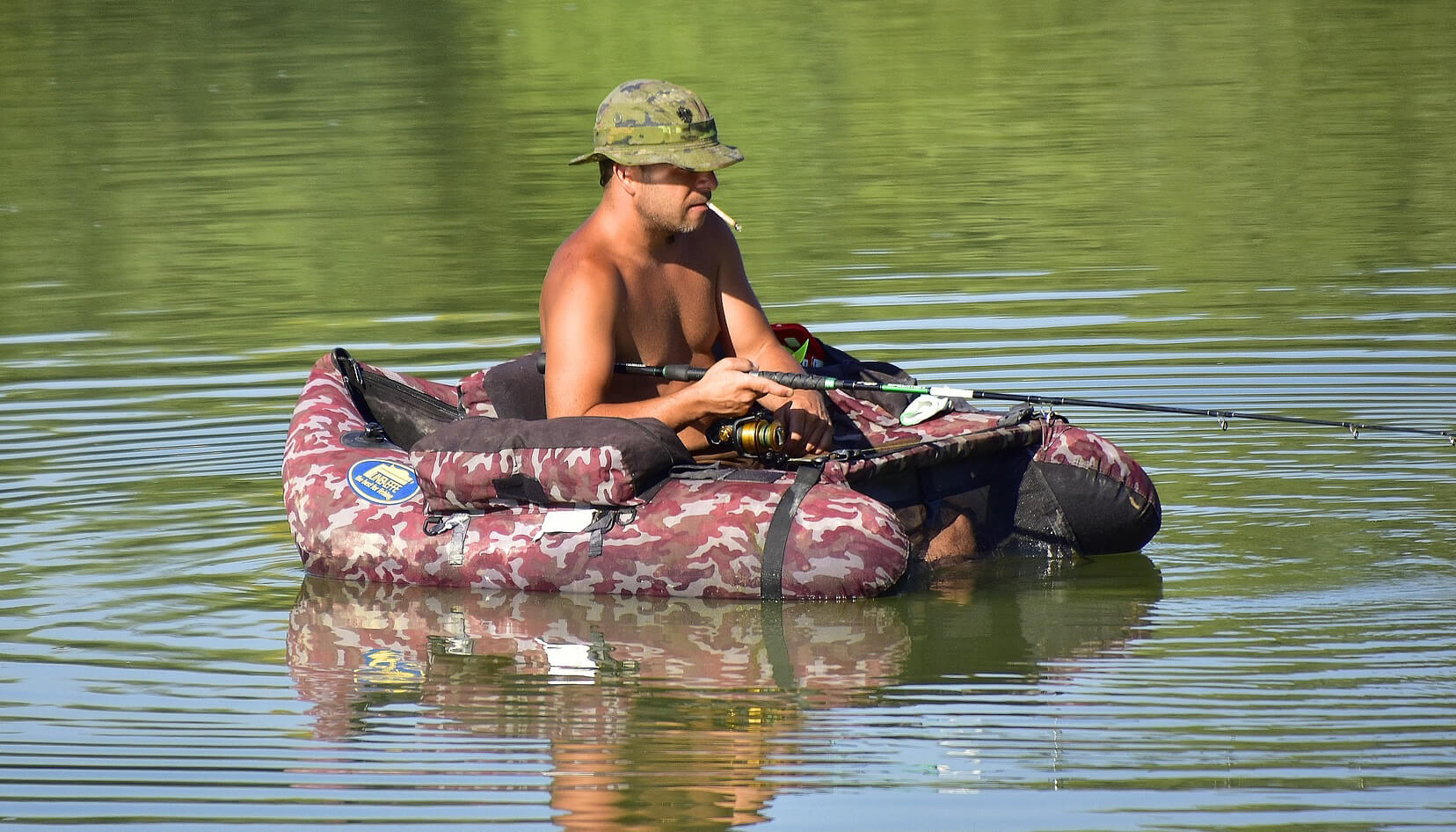
Any season is suitable for fishing, but there are certain nuances that a beginner should consider:
- Summer . Golden time: the weather is more or less stable, fishing is comfortable, representatives of the ichthyofauna are quite active. At this time, all methods allowed in open water are relevant. However, it should be borne in mind that in hot dry periods, the water warms up above normal, and the fish becomes lethargic and inactive. It is activated only at sunrise and sunset, as well as at night – it is futile to catch during the day. Optimal weather is a light breeze blowing from the west or northwest, let’s say a little rain.
- Autumn . In autumn, representatives of the ichthyofauna begin to prepare for winter, and protein-rich animal food predominates in the menu of even peaceful inhabitants of our reservoirs . The fish gradually moves to a depth, so fishing with bottom gear at long distances is the most effective. In late autumn, biting practically stops, especially in conditions of cold snaps and bad weather.
- Winter . Ice fishing requires a special approach, special equipment and appropriate gear . Most of the ichthyofauna representatives are most active on the first and last ice, as well as during periods of thaws and stable clear weather. Fishing in the wilderness without special training, special delicate equipment and multi-day bait is not very promising.
- Spring . In the spring, the fish prepares for the continuation of the genus – most of the species inhabiting our reservoirs spawn in the spring, from the end of March to May. Actually, during the spawning season, she pays little attention to external factors, but the pre-spawning and post-spawning food is the most fertile time. However, one should not forget about the restrictions introduced at this time.
Common baits
All representatives of the ichthyofauna of our reservoirs can be conditionally divided into two large groups: peaceful and predatory. Most of the peaceful fish are carp, the most common predators are pike, perch and pike perch. However, there are exceptions: carp asp, for example, is a true predator, and some species even practice a mixed type of diet.
A fish, as you know, does not go to a bare hook, although there are cases when a voracious brush or rotan cling to a hook without a nozzle, mistaking it for a worm, but this is an exception that only confirms the rule. A bait that attracts fish is needed in any case. Depending on the main type of food and the type of fishing, you need to select the bait:
- Vegetable nozzles . Representatives of the carp family are most actively caught on them in the summer: at this time they switch mainly to a vegetarian diet. They do not disregard boiled cereals (mainly barley), pasta , steamed cereals, bread, dough, pea and semolina paste , corn, and sometimes algae lumps. A special group should be allocated boilies – dried balls made from plant components, intended for catching carp and other representatives of this family.
- Animal bait . Passive predator fishing is carried out mainly on baits of animal origin: they are used to bait bottom gear, girders, and float rods. A large predator like pike and humpback perch goes well for live bait (fish fry), and sometimes a frog. Among other baits of this group, it is necessary to note all kinds of larvae (bark beetle, maggot, caddis flies, bloodworms), worms (earthworms, dung), insects (bugs, dragonflies, grasshoppers), mormysh. Peaceful fish are also not averse to eating worm larvae, especially in the spring and autumn. It is noted that the most attractive are the baits that show signs of life: for example, when putting a worm on a hook , you need to leave a small, appetizingly wriggling tail at the end of the sting.
- Artificial baits . Artificial baits are used mainly for active methods of catching a predator. For example, when spinning fishing, we use lures of various modifications, wobblers, as well as soft silicone lures. They all have one thing in common: when carrying out the posting, their movements resemble the motor skills of small fish, thereby forcing the predator to attack them.
When preparing for fishing, it is worth stocking up on several types of baits in order to be able to vary them in the absence of a bite. Sometimes a combination of two attachments on one hook is effective.
Passive fishing
Passive fishing in all its forms does not require special physical costs and the participation of the fisherman in the process after casting. The tackle is abandoned, a person is resting, watching the bite signaling devices and simultaneously enjoying the beauties of nature. The main task is to properly prepare the tackle, find a promising place, guess with the bait, hook up and bring the fish to the shore in time . No posting and playing with bait is provided, as well as excessive physical activity.
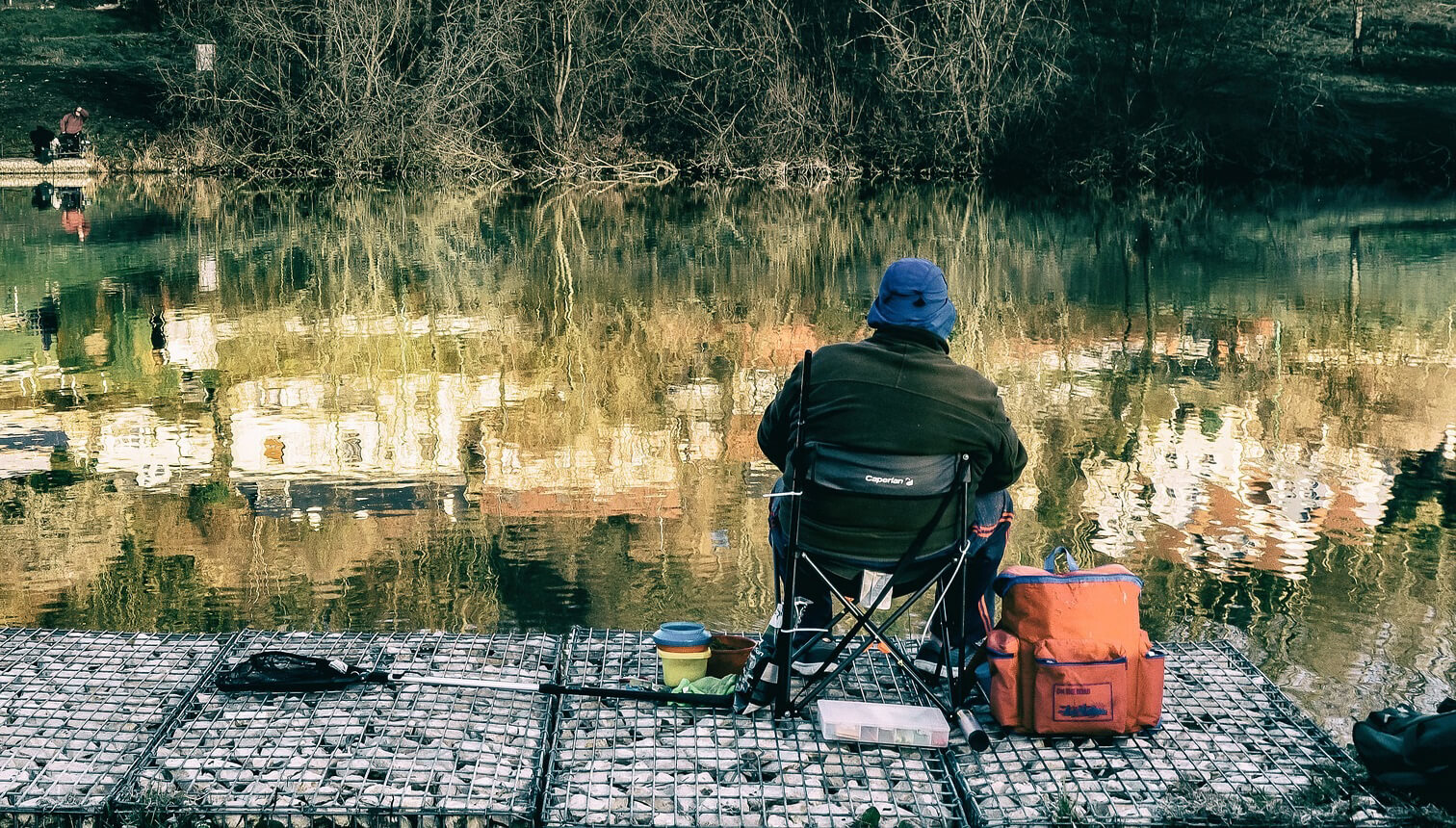
As a rule, during passive fishing, the fish is moored to the fishing point . In some situations, for example, when carp fishing or fishing in the wilderness, a multi-day preliminary baiting is practiced, but in most cases a simplified baiting scheme is used. It consists in massive feeding with large balls of the mixture before fishing and periodically tossing smaller portions in the process of fishing. The most effective are mixtures based on special compound feed with the addition of large fractions: boiled cereals, steamed grains of cereals, peas, corn, animal components.
Among the methods of passive fishing , the following are the most common:
- Float rod . The most traditional tackle for passive fishing is the float rod. It can be caught both from the shore and from special bridges, from entering the water, from a boat – in this regard, this tackle is universal. There are many options for fishing rods and corresponding rigs, which determine the fishing tactics. The simplest is a swing rod, without a reel or other technical tweaks. Bologna tackle provides for the presence of a reel and is adapted for fishing with the flow with the implementation of the posting. A match rod is usually small in length, a spinning reel, and is best suited for fishing large waters and significant depths. There are differences in rigs, but they always include a float alarm, sinker, hook. The float began to move or changed position – it’s time to hook and fish out the prey.
- Bottom gear . The classic bottom line does not have a rod and is a long main line with leashes and hooks attached to it. The structure is thrown into the water (immobility is provided by an anchor load), the other end is fixed on the shore. A modification of this option is a rubber band equipped with a “model” shock absorber, which allows the tackle to return back into the water without re-throwing the load. Bottom rods are the most convenient to use, allowing you to use all kinds of assemblies with feeders. Bells, or electronic sounders are commonly used as alarms.
- Feeder . Feeder fishing is an art that will take time and effort to master, but well worth it. A feeder is a kind of modification of a donkey with a rod with some improvements. Fishing is carried out from the bottom with the obligatory use of special feeders, and the sensitive tip of the rod serves as a signaling device.
- Zherlitsa. Zherlitsa are special tackle for catching a predator with live bait. The simplest supplies consist of reels, on which a fishing line with a hook for live bait is fixed. They are attached to trees or specially hammered pegs on the shore. An improved version is the “circles” that turn over when biting – they are called floating girders. A boat is needed to install and maintain them.
Active ways
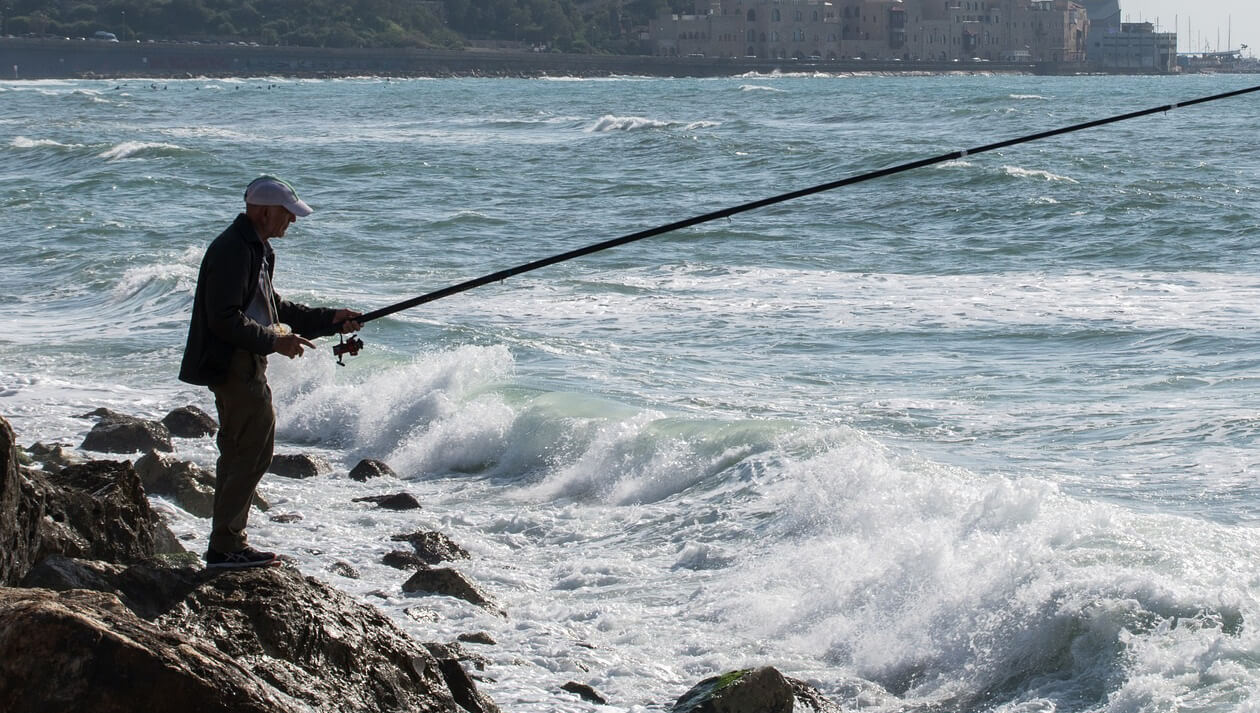
Active fishing methods involve not just control over the tackle, but the active participation of a person in the fishing process. They are more dynamic and “adrenaliney”, but they require a lot of physical effort and some experience with the tackle.
- Spinning . The most common way of catching a predator in our area. The spinning blank is short and equipped with a spinning reel, preferably with a friction brake. Fishing is carried out with artificial bait: spinner, wobbler, “silicone”. The fishing process consists in the constant casting of the tackle and conducting the posting , which attracts the predator to the potential “prey” as much as possible.
- Fly fishing . Fly fishing is considered a sport of the aristocrats: originally, noble trout was caught in this way on rough rivers. Tackle of this type is very difficult to handle, and at all stages: from casting to the implementation of posting downstream. It is better to master it under the guidance of an experienced instructor.
- Summer nod fishing rod . When fishing in a plumb line (usually from a boat), instead of a traditional float, a nod rod is sometimes used. The bait is usually a jig (with or without bait), when catching a predator – a summer balancer.
Fishing preparation
When preparing for fishing, it is advisable to study the forecast: if a radical change in the weather is planned, a squally wind, a choking heat or a thunderstorm, it is better to postpone fishing to another day.
Don’t forget to collect all the necessary inventory :
- Tackle . In addition to the equipped fishing rods, it is advisable to take with you spare elements of equipment, and sometimes ready-made installations, so as not to waste precious time on the pond.
- Groundbait and baits . The bait mixture is usually taken with them in dry form, bringing it to mind already on the pond. It is advisable to stock up on several baits in order to manipulate them in conditions of low bite.
- Related accessories . In this case, we are talking about a container for the caught fish (a bucket, or better – a cage), a landing net for large specimens, as well as a knife or an extractor for removing the hook from the prey lip.
- Things for your own comfort . With passive fishing methods, the fisherman is in one position for a long time, which means that you will need a convenient folding chair with a back and a rod holder. For protection from the sun, glasses with tinted lenses and a hat are useful.
Don’t forget about loose, comfortable clothing for the season, a raincoat and rubber boots!
Choosing a catchy spot
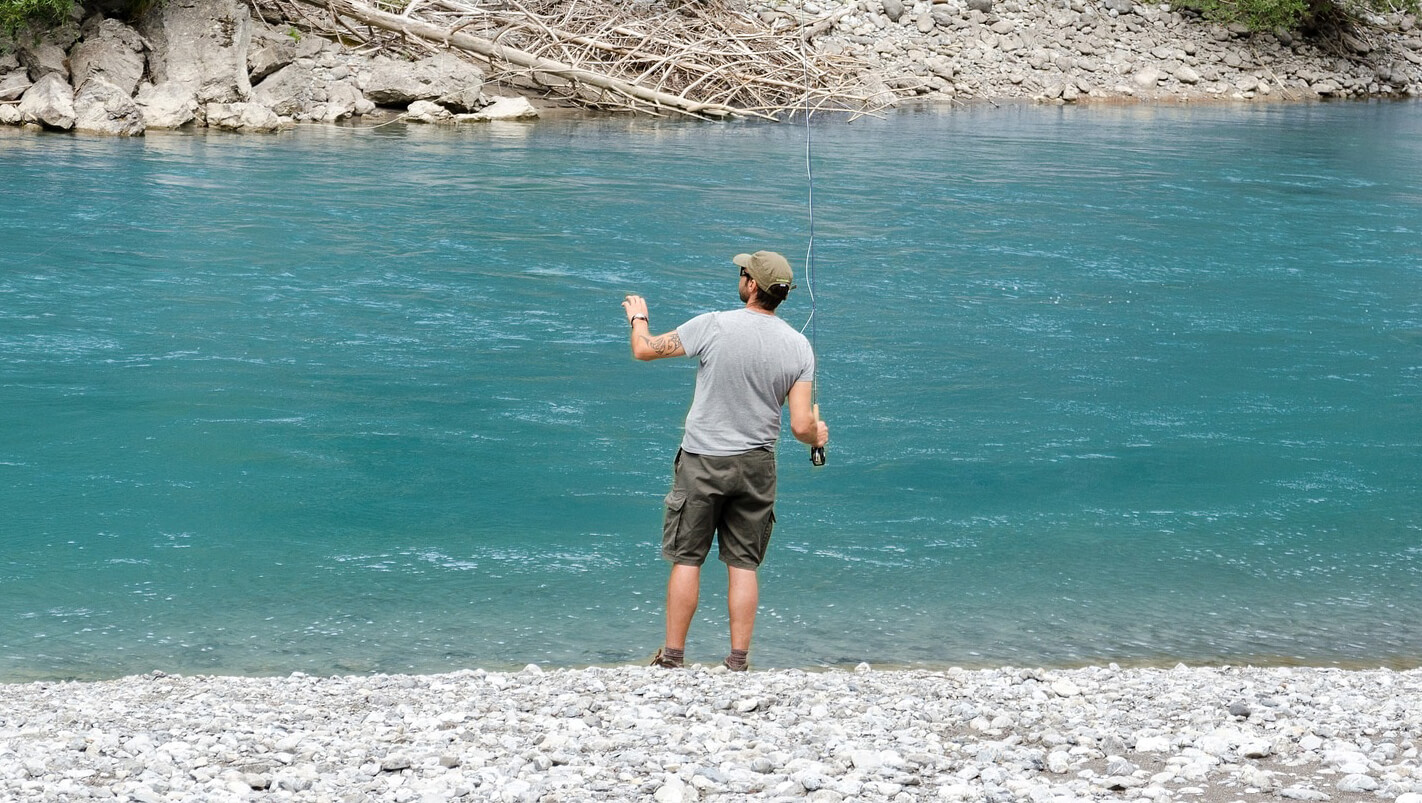
Upon arrival at the reservoir, you need to correctly determine a promising place for fishing . On small rivers, these are, as a rule, steep banks, pits behind rapids, bends, places of confluence of tributaries, boundaries of change in the nature and speed of the current. Traditionally, dumps and edges are considered to be catchy, where the maximum amount of fish delicacies accumulates.
If you plan to fish on a large river or a body of stagnant water, it is important to throw your gear directly beyond the border of aquatic vegetation or into the windows of clear water among it. Areas under trees leaning over the water and near roots washed away by water are promising. It should be remembered that fish are attracted by all kinds of bottom anomalies, for example, driftwood, driftwood, shell rock, pits, and so on.
When choosing a promising place, it is necessary to correctly determine the depth of the reservoir and the location of bottom anomalies. Professionals do this by casting and dragging the load along the bottom using a feeder or spinning rod, but when fishing at short distances and using float equipment, you can resort to the “scientific poke” method. To do this, you need to choose a deliberately greater depth, then gradually move the float lower and lower until it assumes a working position. Match players in these cases use a sliding rig. Large fish tend to live near the bottom!
The nuances of winter fishing
Fishing on ice is fundamentally different from traditional free water fishing. The fisherman is not limited in the choice of promising places, but it can be quite difficult to determine them “by eye”. Fish rarely show high activity and gluttony, so a person has to work hard to find places for its winter stays. Therefore, at this time, the use of an echo sounder becomes more relevant than ever.
A very important piece of equipment is an ice drill – a tool for forming holes. The most common and cheapest are purely mechanical models, but handling them requires considerable physical labor. In addition, you will have to acquire a scoop to extract ice from the hole, as well as a boat hook – large specimens are clinging to the gills and pulled out onto the ice. An integral part of the outfit is a special fishing box, where you can pack fishing rods, lures, spare parts for equipment. It also acts as a stable stool and container for storing caught fish.
The factor of personal comfort is also added: in the winter frost, you will need special clothing (preferably with thermal underwear), a hat, waterproof gloves, as well as shoes that prevent your feet from sweating and numb.
Fishing methods on ice
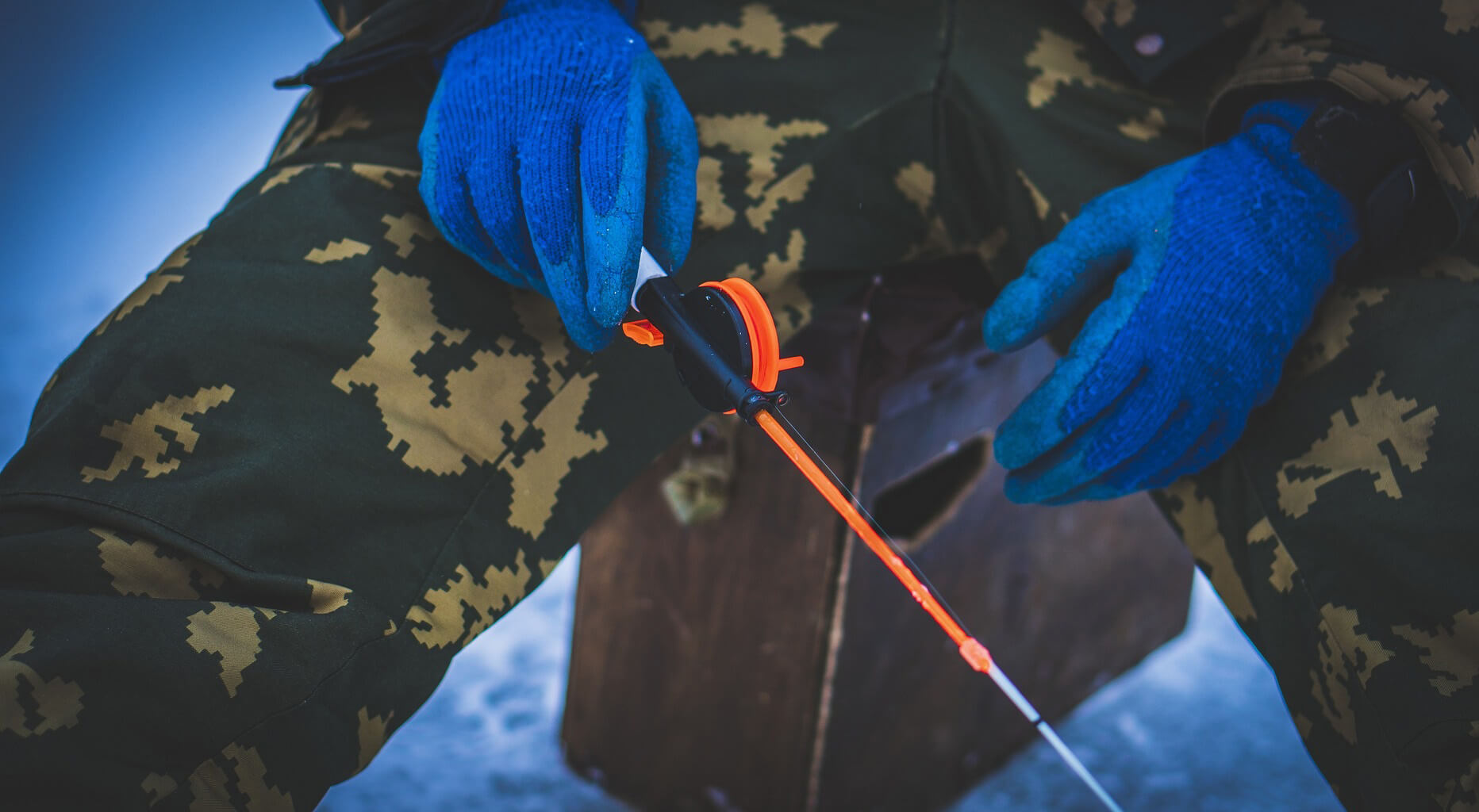
The main fishing tackle in the winter is a nod rod with a flexible whip-shaped signaling device (float equipment is rarely used). Complementary feeding is carried out with mixtures containing animal components: in winter, fish “miss” protein foods. It is delivered to the bottom with the help of special drop-down feeders, but sometimes it is practiced to feed the holes with a simple sprinkle of the feed mixture, which drowns when it swells.
To catch peaceful fish and a small predator, a jig (with or without a bloodworm) is used – an artificial bait resembling a miniature crustacean – a jig. This is active fishing, which involves playing with a rod. For catching a large predator, winter lures and balancers are usually used – lures that imitate the appearance and behavior of small fish. Hunting for pike and large perch for live bait tackle – winter zherlitsa – is also popular .
We hope you fully realized the delights of modern fishing, and the power of attraction that attracts thousands of men and women, equipped with the appropriate tackle and equipment, to the reservoirs. Join this peaceful army and get true fishing gene, generously flavored with adrenaline and positive emotions!

![Top 10 Best Fishing Multi Tools [Reviews & Buyers guide] 6 Top 10 Best Fishing Multi Tools [Reviews & Buyers guide]](https://trizily.com/wp-content/uploads/2022/03/best-fishing-multi-tools-768x768.jpg)
